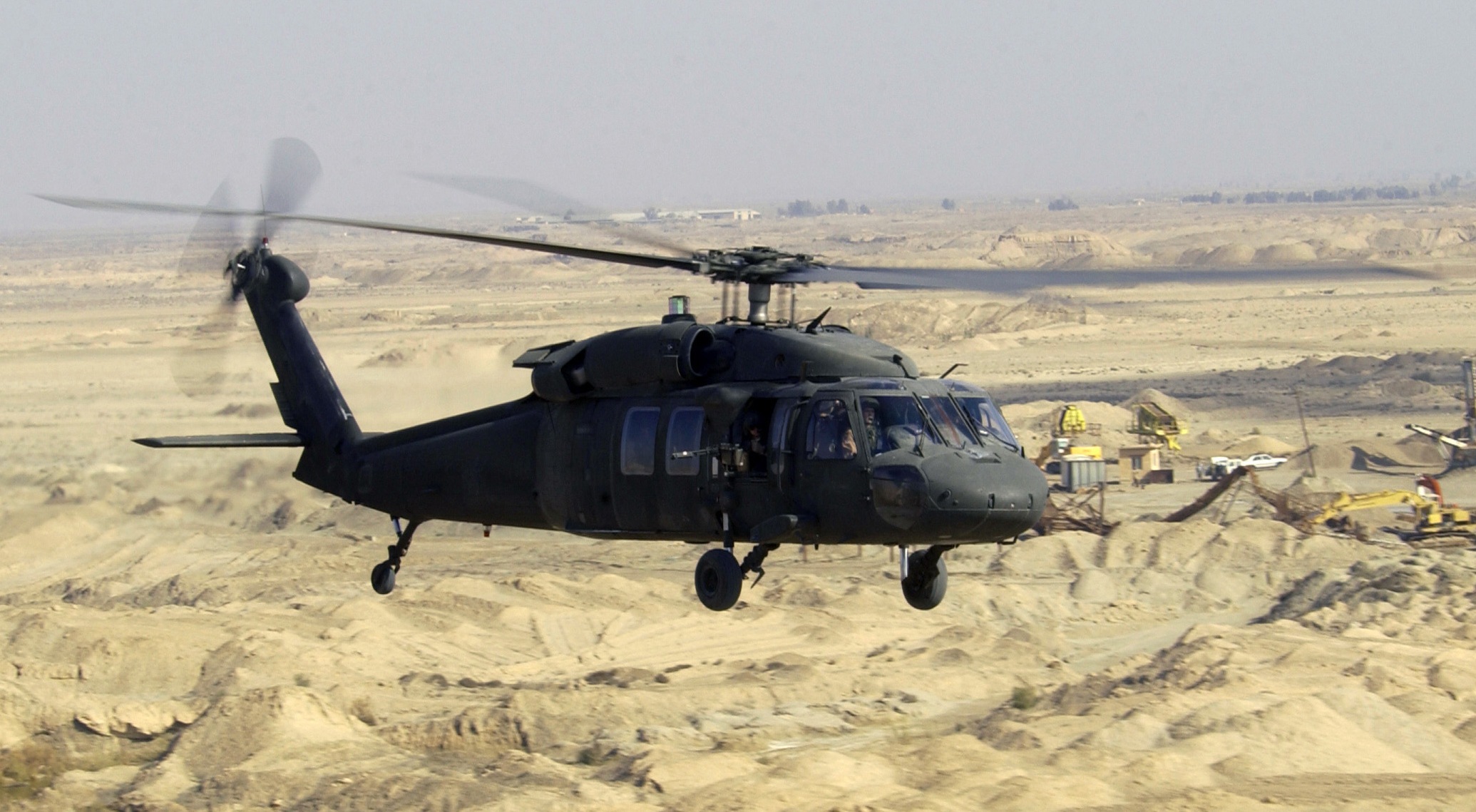UH 60 Helicopter Summary: Whatever You Need to Know
UH 60 Helicopter Summary: Whatever You Need to Know
Blog Article
The Influence of Lasting Practices on the Future of Aircraft Procedures and Emissions Decrease
As the aviation industry encounters boosting examination over its environmental influence, the adoption of lasting methods emerges as a crucial path toward future airplane procedures and emissions decrease. Developments in lasting air travel fuels and improvements in hybrid propulsion technologies stand at the leading edge of this improvement, appealing significant decreases in greenhouse gas emissions. However, the successful integration of these initiatives rests on a selection of factors, consisting of governing structures and industry cooperation. The inquiry remains: exactly how will these evolving methods improve the dynamics of air traveling and add to a more lasting future?

Summary of Sustainable Practices
Lasting practices in aircraft operations incorporate a series of strategies focused on reducing ecological effect while preserving operational efficiency. These practices are essential in the aviation industry's dedication to minimizing its carbon impact and sticking to international environmental requirements. Trick efforts consist of enhancing trip courses to lower fuel consumption, improving maintenance procedures to make certain aircraft run at peak performance, and carrying out sophisticated technologies such as winglets and lightweight products that enhance aerodynamics.

Training and involving staff on sustainability methods additionally play an essential function, cultivating a society of environmental responsibility within organizations. On the whole, the assimilation of these sustainable methods not just helps reduce exhausts however likewise improves the lasting stability of the aeronautics sector, guaranteeing it meets the needs of both consumers and governing bodies while adding to international sustainability objectives.
Ingenious Fuel Alternatives
Numerous innovative fuel options are becoming essential options to lower the aviation industry's reliance on standard nonrenewable fuel sources. Among these choices, Lasting Air travel Fuels (SAFs) have actually gained considerable attention because of their potential to decrease lifecycle greenhouse gas exhausts by approximately 80% contrasted to standard jet fuels. SAFs are stemmed from numerous feedstocks, consisting of waste oils, farming residues, and also algae, making them a flexible option for the industry.
An additional encouraging alternative is hydrogen gas, which, when made use of in gas cells, creates only water vapor as a byproduct. Additionally, electrical propulsion systems are being discovered, leveraging battery modern technology to power aircraft.
Last but not least, biofuels stemmed from biomass are being explored, using a sustainable option that can be combined with conventional fuels. Jointly, these innovative gas options represent a critical step towards achieving a lasting aeronautics environment, aligning with international emissions decrease targets and improving the industry's environmental stewardship.
Technical Developments in Aeronautics

Just how can technical developments reshape the future of aviation? Developments such as hybrid and electrical propulsion systems are at the center, encouraging substantial reductions in fuel usage and greenhouse gas discharges.
Moreover, the execution of innovative materials, such as lightweight compounds, contributes to boosted the rules of aerodynamics and gas effectiveness. The use of expert system and artificial intelligence in trip operations optimizes course planning and reduces gas melt by allowing real-time adjustments based on climate and web traffic problems. Furthermore, the development of self-governing and from another location piloted aircraft systems stands to transform cargo and passenger transport, possibly raising performance while minimizing human mistake.
In addition, lasting aeronautics technologies, consisting of sophisticated air web traffic management systems, can enhance operations and minimize blockage, resulting in lower discharges during trip. These innovations jointly stand for a standard shift in air travel, guaranteeing a future where sustainability and operational efficiency are intertwined, thereby supporting the industry's commitment to decreasing its ecological effect.

Regulative Framework and Compliance
Because of the expanding emphasis on environmental stewardship within the air travel market, the regulatory structure regulating airplane procedures is progressing to advertise sustainable practices. Governing bodies, such as the International Civil Air Travel Company (ICAO) and different national aeronautics authorities, are presenting rigid standards targeted at decreasing exhausts and enhancing functional efficiency.
These guidelines usually include the adoption of Sustainable Air travel Fuel (SAF), which has actually been acknowledged as a key component in achieving lower carbon footprints. Furthermore, compliance with these laws calls for airline companies to carry out functional practices and advanced modern technologies, such you could try these out as enhanced flight paths and enhanced air website traffic administration, to lessen fuel consumption.
Furthermore, the enforcement of emissions trading systems and carbon offsetting initiatives is coming to be increasingly widespread, engaging airline companies to keep track of and report their exhausts properly. Non-compliance can cause significant charges, therefore pushing drivers to focus on sustainability in their business designs.
Inevitably, the progressing regulatory landscape not just drives innovation and investment in green modern technologies yet likewise cultivates a society of responsibility within the aviation industry. check my source As these frameworks remain to create, the focus on sustainable methods will be indispensable to achieving the sector's long-term environmental goals.
Future Fads in Airplane Operations
As the aeronautics sector adapts to a significantly strict regulatory atmosphere, future trends in aircraft operations are established to concentrate on ingenious services that even more improve sustainability and performance - uh 60. Secret developments will likely include the adoption of sophisticated air website traffic monitoring systems, which make use of real-time information and man-made intelligence to maximize trip courses, reducing gas consumption and emissions
An additional considerable trend is the enhanced combination of sustainable aviation fuels (SAFs) These alternatives to standard jet gas, stemmed from eco-friendly resources, can considerably decrease lifecycle greenhouse gas emissions. The industry's commitment to SAFs will likely accelerate as airline companies team up with gas manufacturers to make certain schedule and cost-effectiveness.
In addition, the press in the direction of electrification and crossbreed propulsion systems is acquiring momentum. Emerging aircraft designs will certainly include these modern technologies, using quieter and extra reliable procedures, particularly for short-haul flights.
Conclusion
The fostering of lasting aviation gas, coupled with innovations in electric and hybrid propulsion systems, is vital for minimizing lifecycle greenhouse gas emissions. Enhancing flight paths and welcoming cutting-edge technologies add to a quieter and more eco pleasant air travel sector.
Advancements in lasting air travel fuels and innovations in crossbreed propulsion technologies stand at the leading edge of visit homepage this improvement, promising significant decreases in greenhouse gas exhausts.Various cutting-edge gas alternatives are arising as pivotal solutions to decrease the aviation market's dependence on conventional fossil gas - uh 60. Among these options, Lasting Aeronautics Gas (SAFs) have gotten considerable focus due to their potential to decrease lifecycle greenhouse gas discharges by up to 80% compared to traditional jet gas.An additional considerable pattern is the increased combination of lasting air travel fuels (SAFs) The fostering of lasting aviation fuels, paired with developments in hybrid and electrical propulsion systems, is important for reducing lifecycle greenhouse gas discharges
Report this page